Did you know that kids aren’t the only ones playing around in sandboxes? The term sandbox may evoke a childhood memory of sensory play, but it’s also used to describe a virtual environment where someone can learn from digital products.
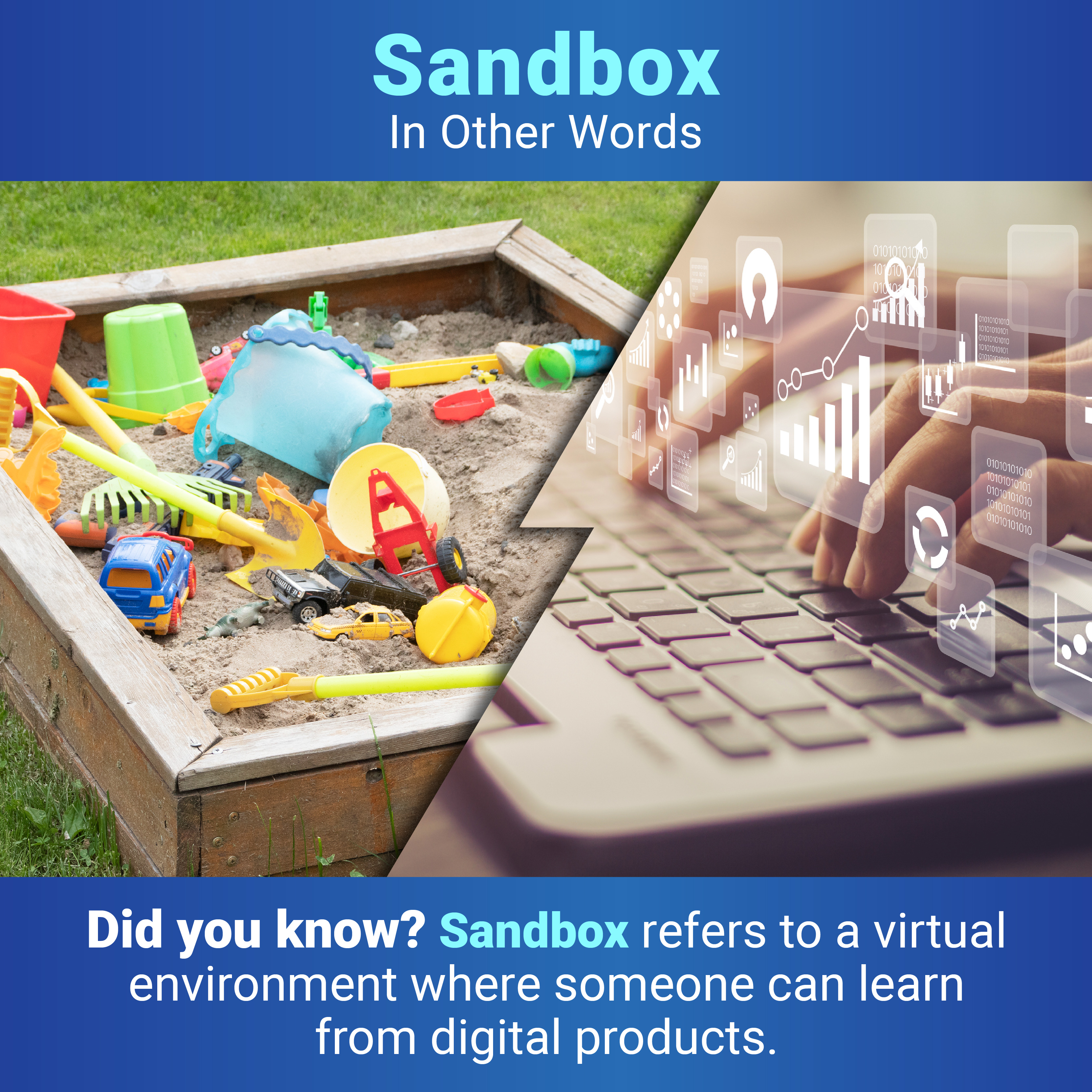


Biomedical Beat Blog – National Institute of General Medical Sciences
Follow the process of discovery
Did you know that kids aren’t the only ones playing around in sandboxes? The term sandbox may evoke a childhood memory of sensory play, but it’s also used to describe a virtual environment where someone can learn from digital products.

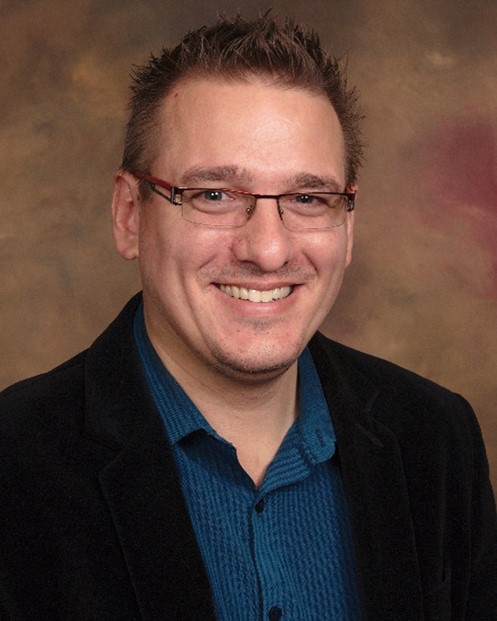
The power of computer code has been a longtime fascination for Tomas Helikar, Ph.D., a professor of biochemistry at the University of Nebraska-Lincoln (UNL). In college, when he learned he could use that power to help researchers better understand biology and improve human health, Dr. Helikar knew he’d found his ideal career. Since then, he’s built a successful team of scientists studying the ways we can use mathematical models in biomedical research, such as creating a digital replica of the immune system that could predict how a patient will react to infectious microorganisms and other pathogenic insults.
A Career in Computational Biology
Dr. Helikar first became involved in computer science by learning how to build a website as a high school student. He was amazed to learn that simple lines of computer code could be converted into a functional website, and he felt empowered knowing that he had created a real product from his computer.
Continue reading “Building a Digital Immune System”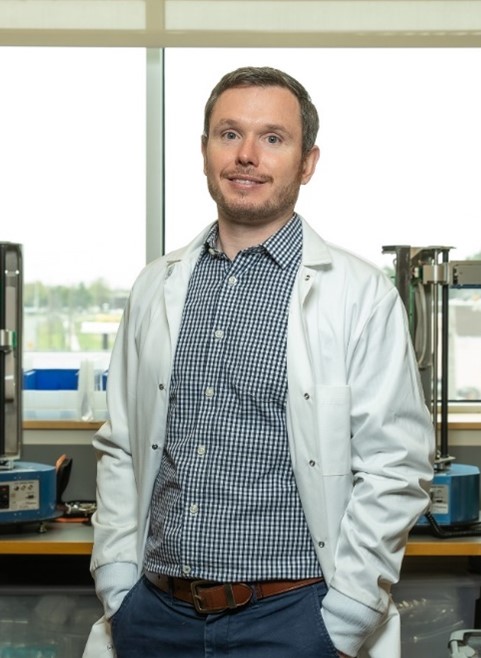
Adam Gormley, Ph.D., describes himself as a creative and adventurous person—albeit, not creative in the traditional sense. “Science allows me to be creative; to me, it’s a form of art. I love being outdoors, going on sailing trips, and spending time adventuring with my family. Research is the same—it’s an adventure. My creative and adventurous sides have combined into a real love for science,” he says. Dr. Gormley currently channels his passion for science into his position as an assistant professor of biomedical engineering at Rutgers University in Piscataway, New Jersey.
Learning How the World Works
Both of Dr. Gormley’s parents worked in science and medicine—his mother as a medical doctor and his father as a physician-scientist—and they instilled in him a curiosity for how the world worked. When he was young, Dr. Gormley and his parents would tinker with cars or boats and fix broken household items together, all the while talking about the individual parts and how they functioned as a whole. “I always had that technical, hands-on side of me,” he says.
Continue reading “Using Robots and Artificial Intelligence to Search for New Medicines”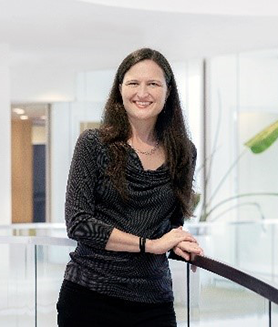
When she started college, Anne Carpenter, Ph.D., never guessed she’d one day create software for analyzing images of cells that would help identify potential medicines and that thousands of researchers would use. She wasn’t planning to become a computational biologist, or even to focus on science at all, but she’s now an institute scientist and the senior director of the Imaging Platform at the Broad Institute of Massachusetts Institute of Technology (MIT) and Harvard in Cambridge.
Starting Out in Science
Before beginning her undergraduate studies at Purdue University in West Lafayette, Indiana, Dr. Carpenter’s strongest interests were reading and writing. Then, her subjects expanded. “In college, I liked science as much as anything else, and I realized that was unusual, as a lot of other people really struggled with it. I decided to pursue science because I enjoyed it and the field had good job prospects,” she says. Dr. Carpenter majored in biology because she felt it had the “juiciest questions” as well as a direct impact on human health.
Continue reading “Automating Cellular Image Analysis to Find Potential Medicines”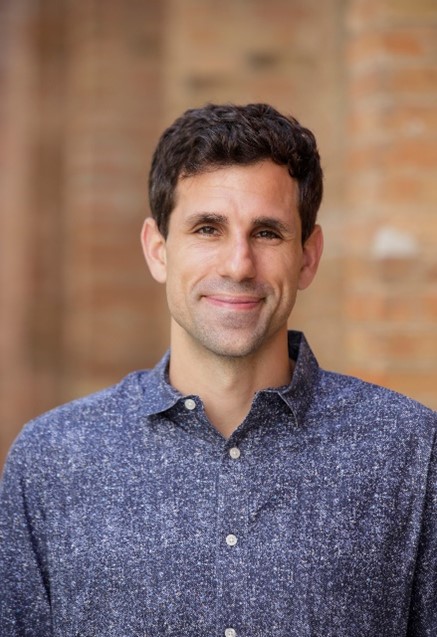
“Science provides adventure and excitement every single day. When you’re pushing boundaries, you get to jump into the abyss of new areas. It can be scary, but it’s an incredible opportunity to try to improve our world and people’s lives,” says César de la Fuente, Ph.D., a Presidential Assistant Professor in the Perelman School of Medicine and School of Engineering and Applied Science at the University of Pennsylvania, Philadelphia. Our interview with Dr. de la Fuente highlights his journey of becoming a scientist and his research using artificial intelligence to discover new drugs.
Q: How did you first become interested in science?
A: I’ve always been fascinated by the world around me. I grew up in a town in northwest Spain, right on the Atlantic Ocean. As a kid, I would go to the beach to investigate marine organisms and bring home all sorts of different fish to study. My mom wasn’t too happy about that! We’re all born scientists, but we tend to lose that curiosity as we enter adulthood. The key is to not lose our ability to learn every day.
Continue reading “Career Conversations: Q&A With Bioengineer César de la Fuente”Sometimes we can be our own worst enemies without even realizing it. One devastating example is sepsis: our body’s overwhelming or impaired immune response to an insult—usually an infection or an injury to the body. According to the Centers for Disease Control and Prevention (CDC), sepsis affects at least 1.7 million people in the United States each year, and it can lead to tissue damage, organ failure, and death. (See our sepsis fact sheet for more information.)
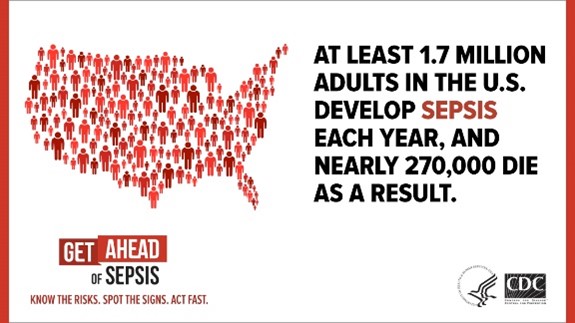
The cloud. To many, it’s a mysterious black hole that somehow transports photos and files from their old or lost phone to their new one. To some researchers, though, it’s an invaluable resource that allows them access to data analytics tools they wouldn’t otherwise have.

Scientists have begun using cloud computing to store, process, and analyze their data through online bioinformatics tools. Biological data sets are often large and hard to interpret, requiring complex calculating instructions—or algorithms—to understand them. Fortunately, these algorithms can run on local computers or remotely through cloud computing.
One advantage of cloud-based programs over local computers is the ability to analyze data without taking up the user’s personal storage space. With cloud-based storage, researchers can store their large data files, including their labeled notes called annotations. Another benefit is that users have easy access to software packages within the cloud for data analysis. The cloud also encourages collaboration among scientists by making it easy to share large amounts of data.
Continue reading “Cloudy With a Chance of Scientific Discoveries”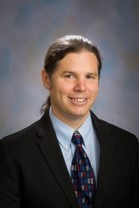 Dr. Brian Munsky. Credit: Colorado State University.
Dr. Brian Munsky. Credit: Colorado State University.
“I think having a career in science is really the best way to rechannel the inner child, to remain forever curious about the world,” says Brian Munsky, Ph.D., an associate professor of chemical and biological engineering at Colorado State University, Fort Collins. Check out the highlights of our interview with Dr. Munsky below to learn how his childhood practical jokes led to him running a research group that uses computational and experimental methods to study complex processes inside cells.
Continue reading “Career Conversations: Q&A With Biological Engineer Brian Munsky”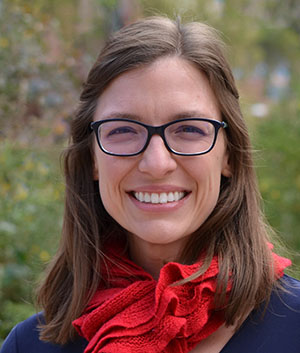
“You’re not going to be able to do biology without understanding programming in the future,” Melissa Wilson, Ph.D., an associate professor of genomics, evolution, and bioinformatics at Arizona State University, said in her 2019 NIGMS Early Career Investigator Lecture. “You don’t have to be an expert programmer. But without understanding programming, I can assert you won’t be able to do biology in the next 20 years.”
A growing number of researchers, like Dr. Wilson, are studying biology using computers and mathematical methods. Some of them started in traditional biology or other life science labs, while others studied computer science or math first. Here, we’re featuring two researchers who took different paths to computational biology.
Continue reading “Biology Beyond the Lab: Using Computers to Study Life”What Is Computer Modeling and How Does It Work?
Recent news headlines are awash in references to “modeling the spread” and “flattening the curve.” You may have wondered what exactly this means and how it applies to the COVID-19 pandemic. Infectious disease modeling is part of the larger field of computer modeling. This type of research uses computers to simulate and study the behavior of complex systems using mathematics, physics, and computer science. Each model contains many variables that characterize the system being studied. Simulation is done by adjusting each of the variables, alone or in combination, to see how the changes affect the outcomes. Computer modeling is used in a wide array of applications, from weather forecasting, airplane flight simulation, and drug development to infectious disease spread and containment.
Continue reading “The Science of Infectious Disease Modeling”